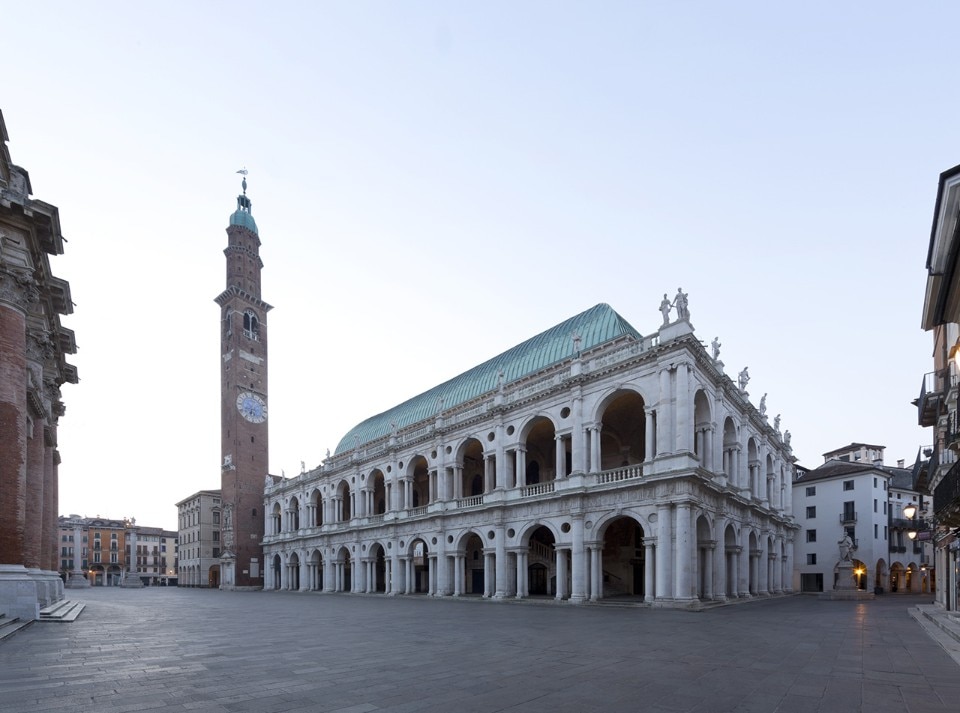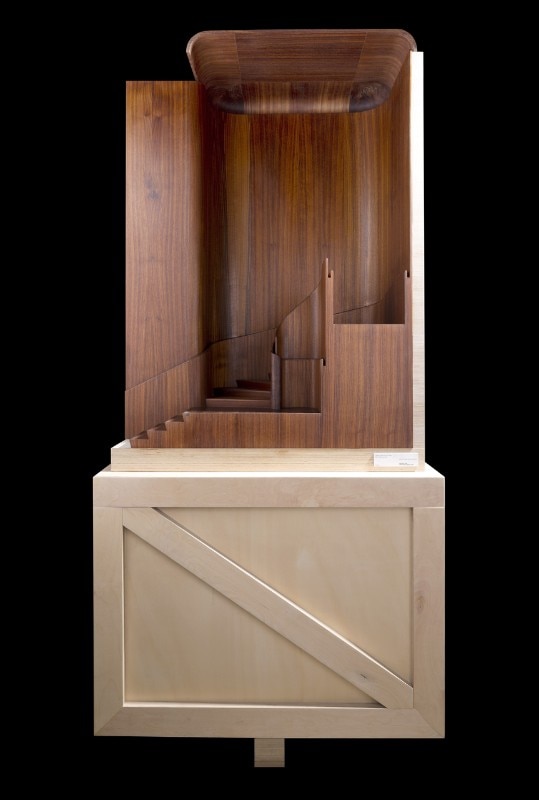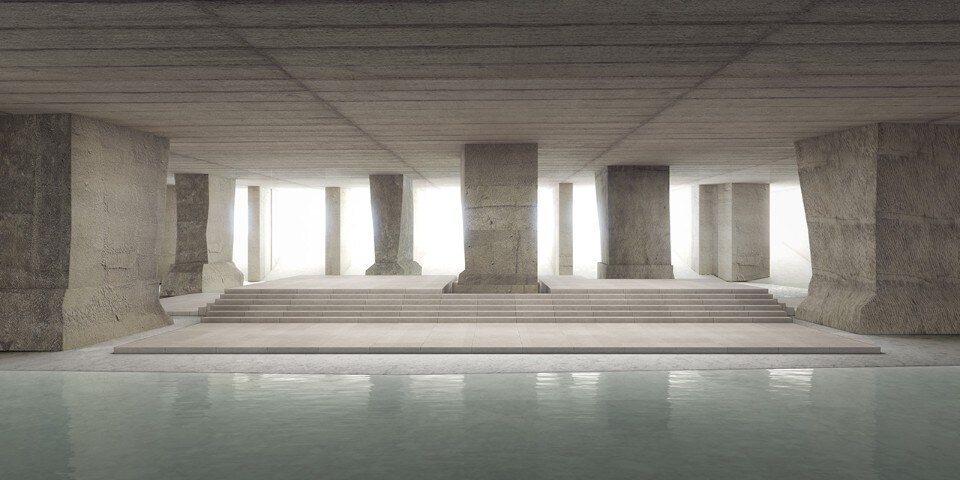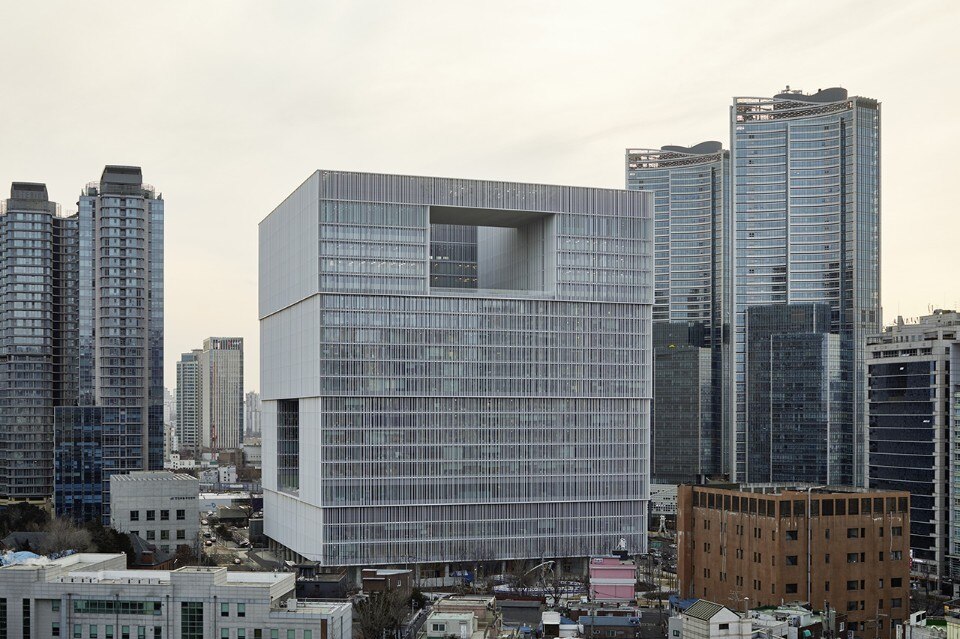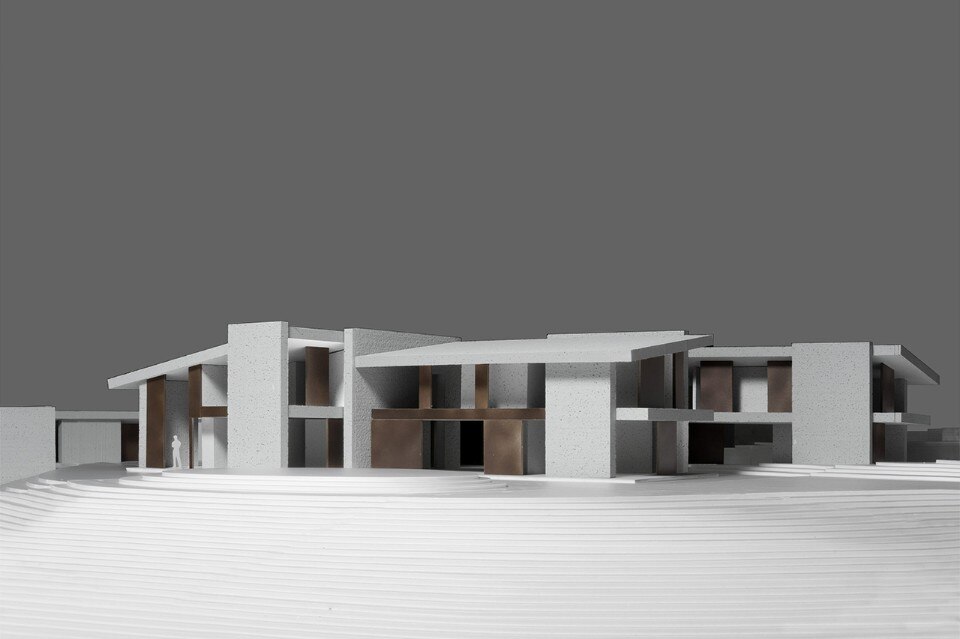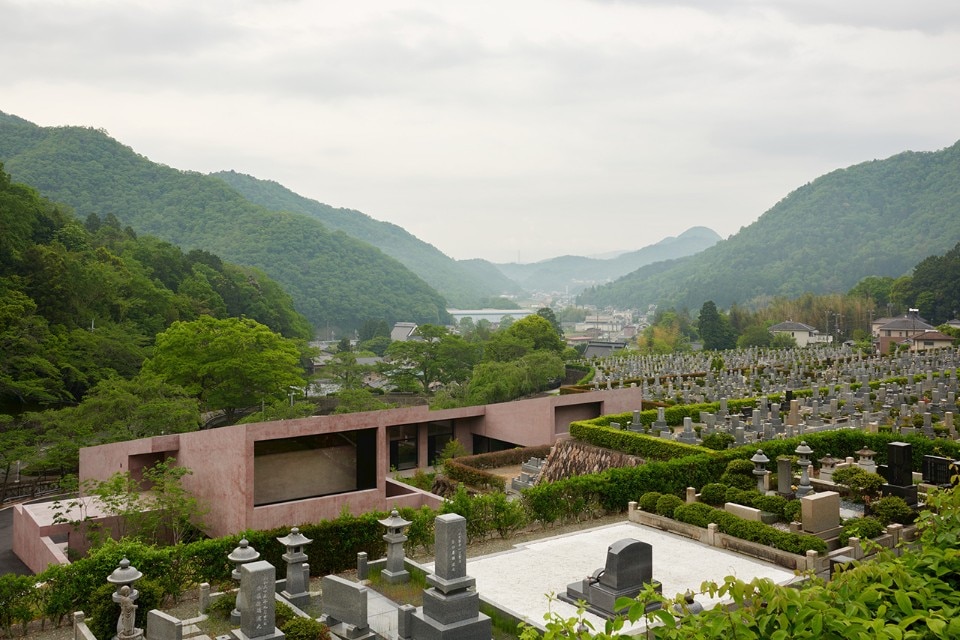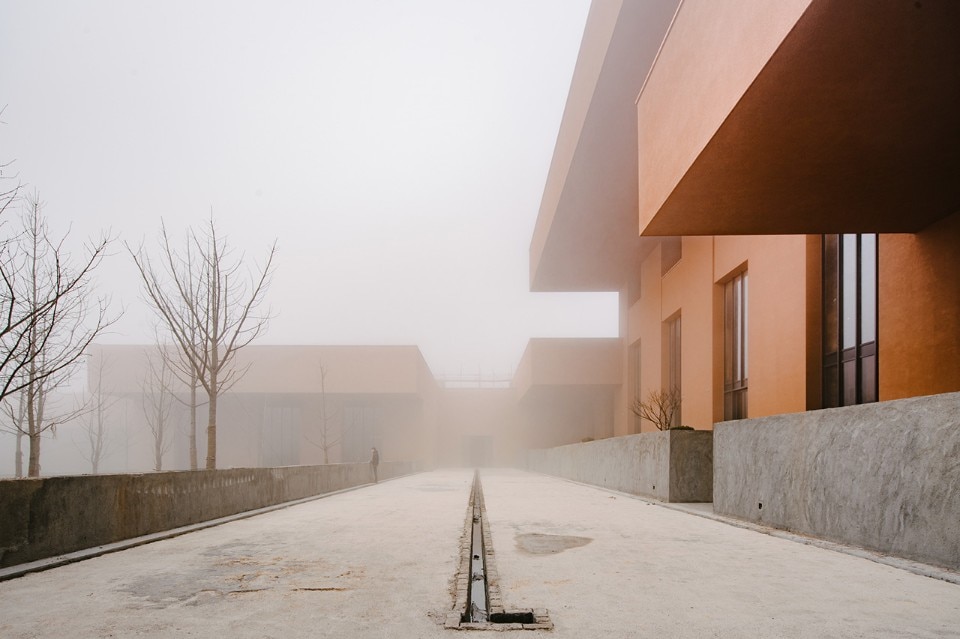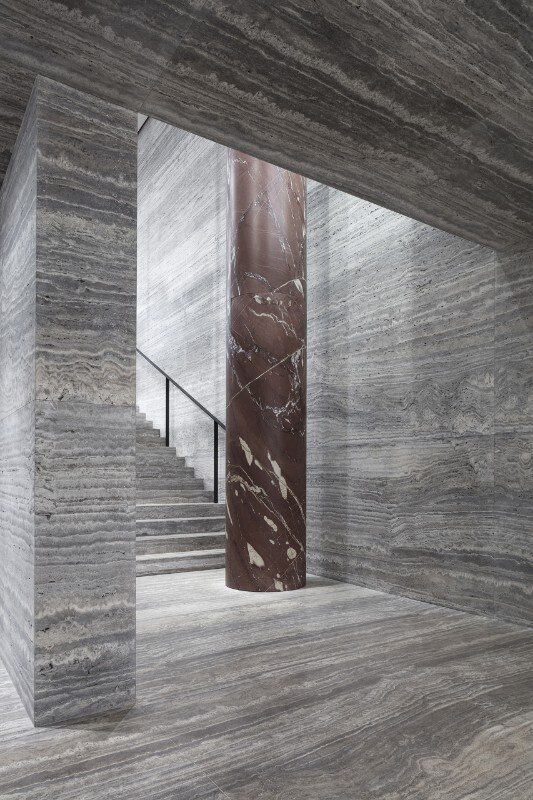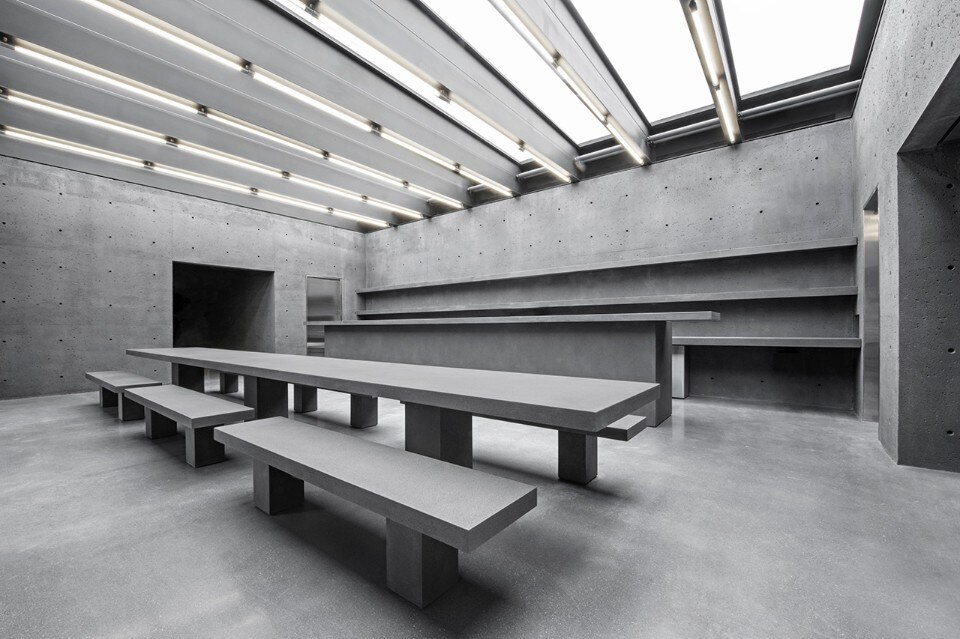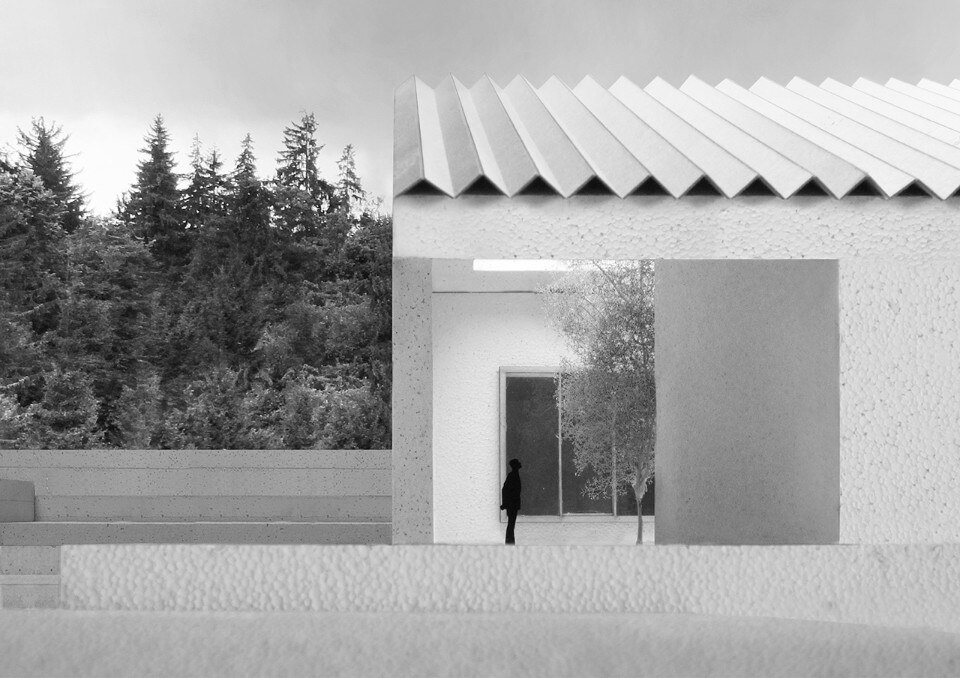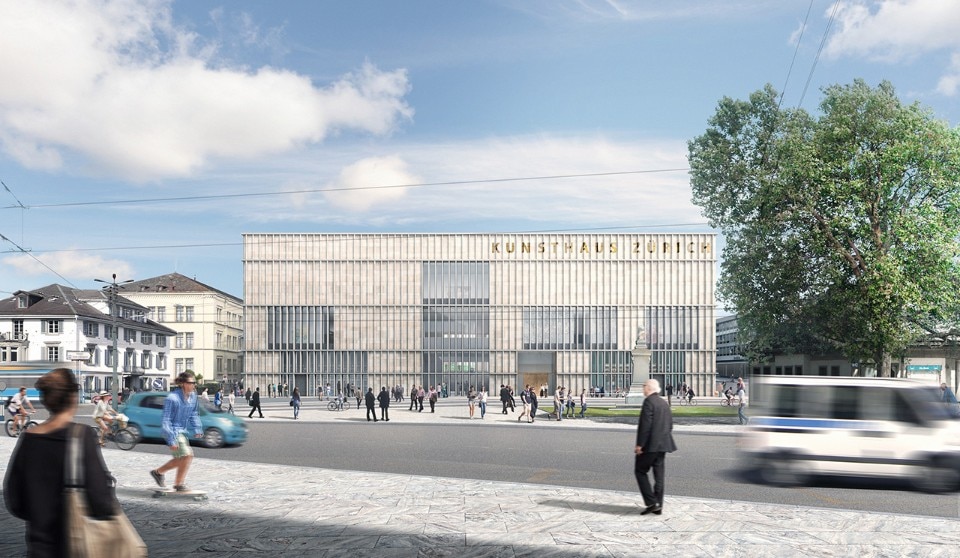The exhibition “David Chipperfield Architects Works 2018” was organised by Abacoarchitettura, a cultural association for architecture. Hosted at the Basilica Palladiana in Vicenza, a selection of 15 current and recent projects by the practice are shown at varying stages in their development, exposing the range of activities that takes place in an architecture studio today.
We interviewed Sir David Chipperfield as to the reasons why he and his office chose to present yet-unfinished projects. During the conversation, he referred to his project for the Fundación Rede de Innovación Arousa in Galicia, Spain as an opportunity to redefine his craft in response to current priorities, namely the establishing of an active relation between architecture and society.
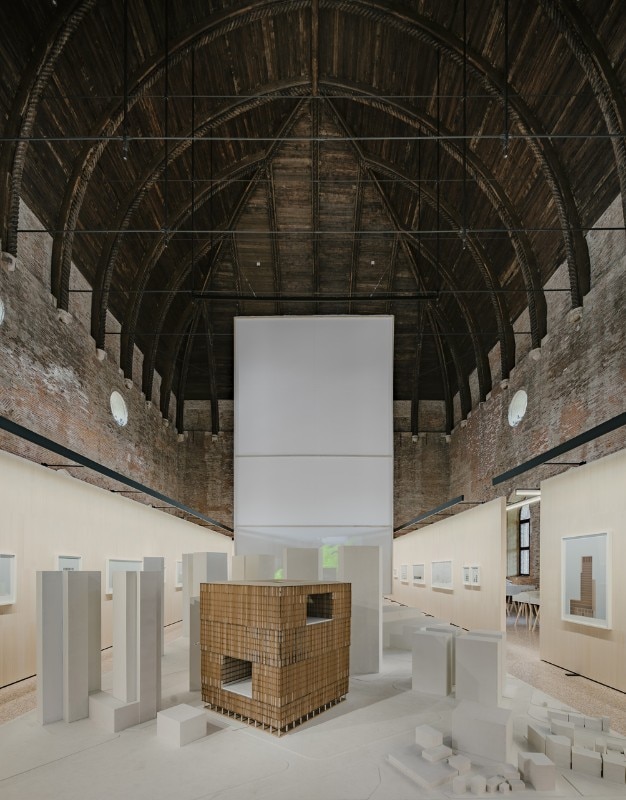
 View gallery
View gallery

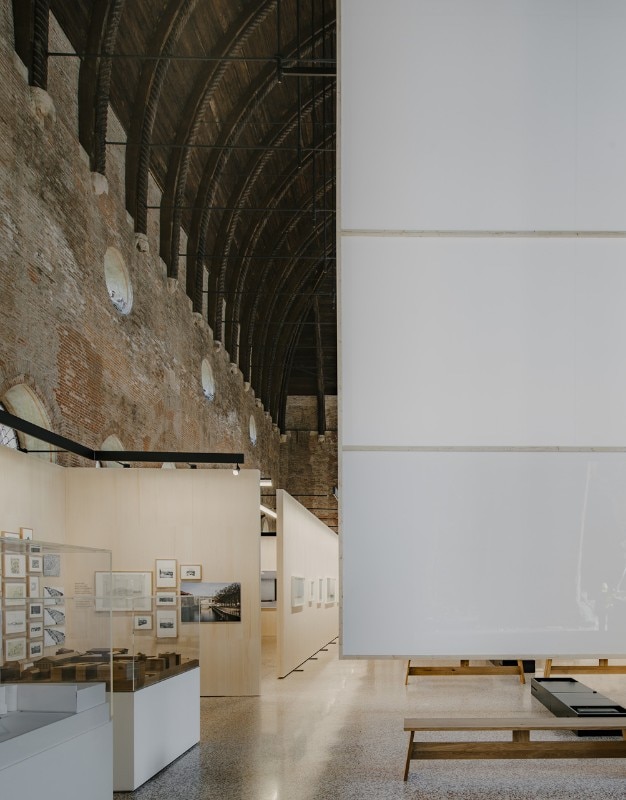
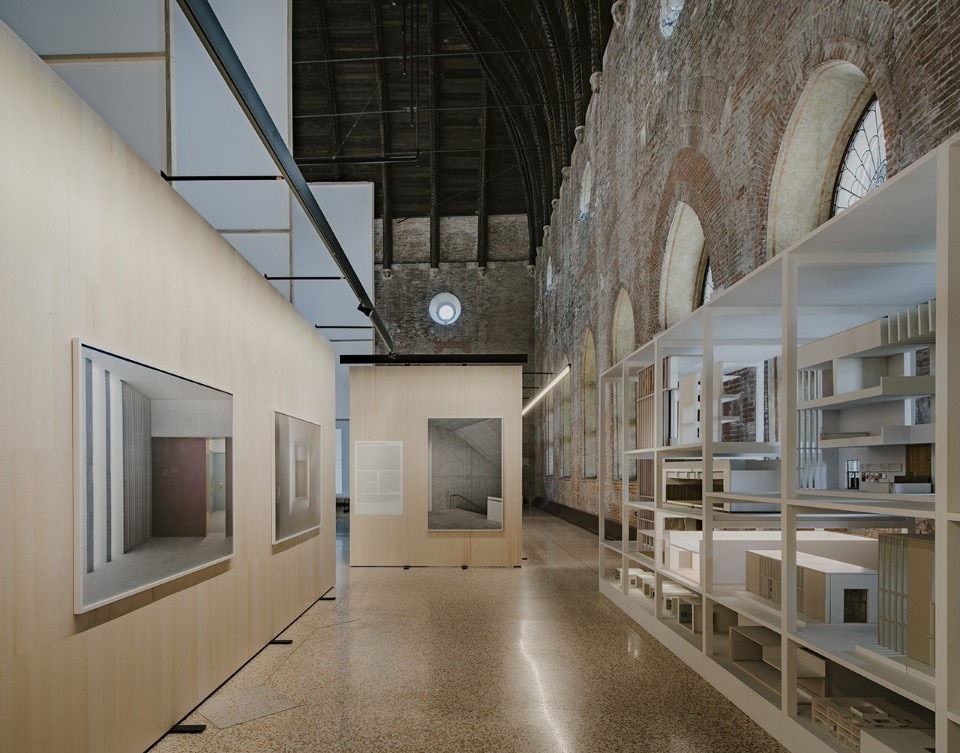
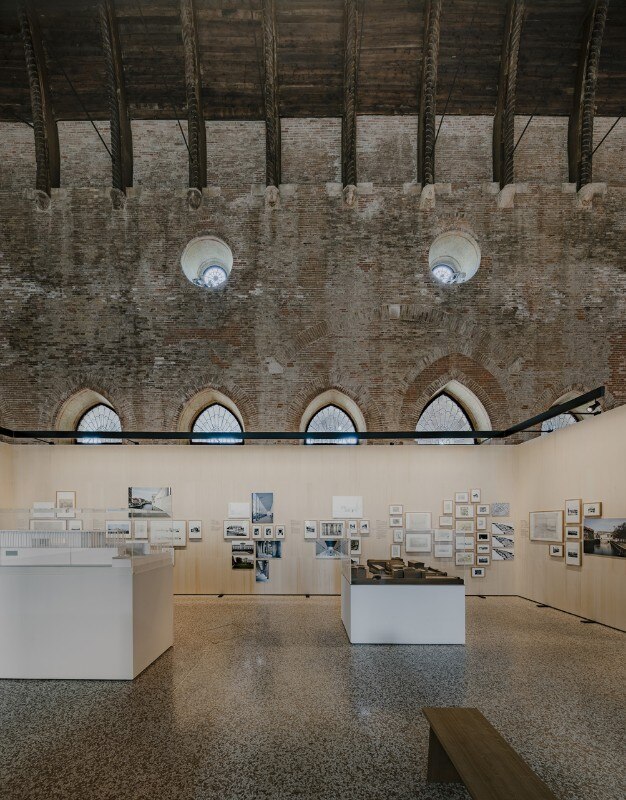
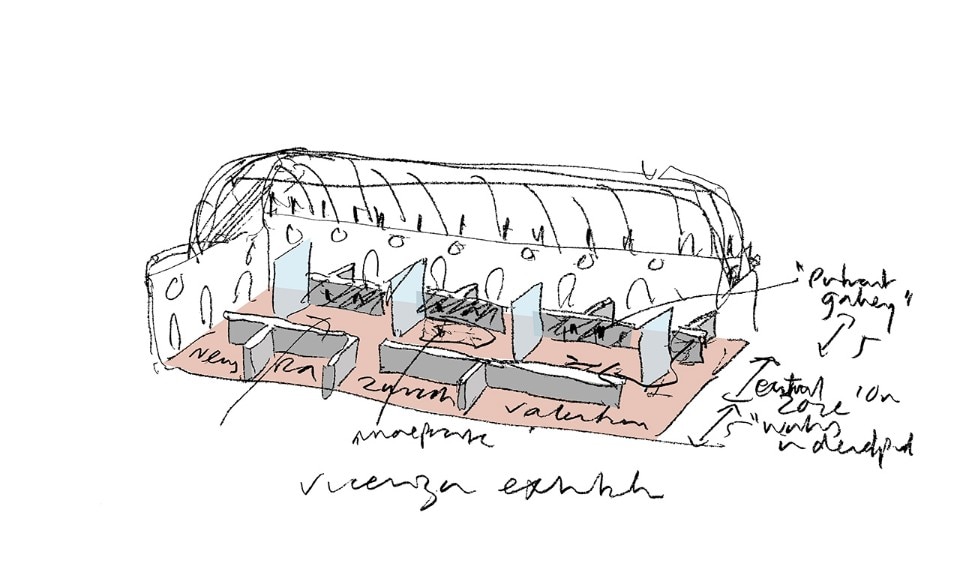




Your exhibition shows how architecture as an artistic practice can have a close relation to the social realm. How did this initiative come about?
It was an invitation. Architects are always nervous to make exhibitions, because it is quite difficult and takes a lot of energy from your daily routine. We are meant to make projects, not exhibitions. If an artist is invited to make an exhibition, she's enthusiastic, but it is not the same for architects. So, when the question came from Vicenza, we didn't want to separate our work from the making of the exhibition. That’s why I wanted the different teams to present the projects they are currently working on.
We tried to transform the exhibition into an opportunity to talk about architecture as a practice, and not about architects.
It was surprising to see that the projects on display are still being worked on.
We chose to not make an archive exhibition or a presentation exhibition. We excluded the possibility of presenting completed projects that are already known. Instead, we wanted it to come closer to the practice of architecture. We decided to display what we are doing, so that the result would be more fluid. We tried to transform it into an opportunity to talk about architecture as a practice, and not about architects.
David Chipperfield Architects is based in London, Berlin, Milan and Shanghai. For the exhibition, each team presents its own production. Do you see a difference between them?
I don’t see the studios as so different from one another intellectually speaking, but they do produce different projects. For example, if we work in Germany we get a German project. If we work in Korea we get a Korean project. It depends on the assignment. It is more a matter of context then a matter of team.
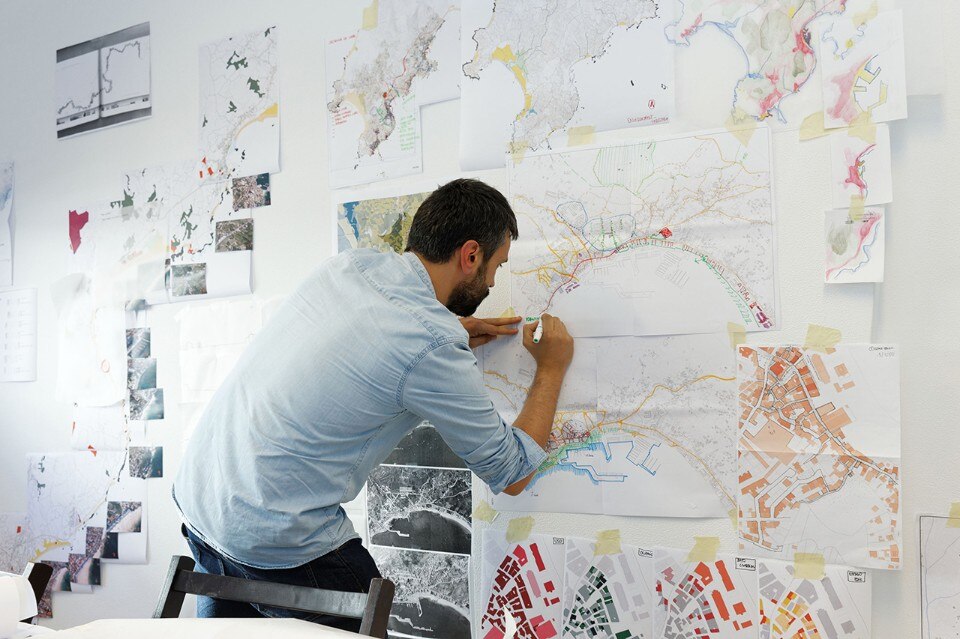
 View gallery
View gallery
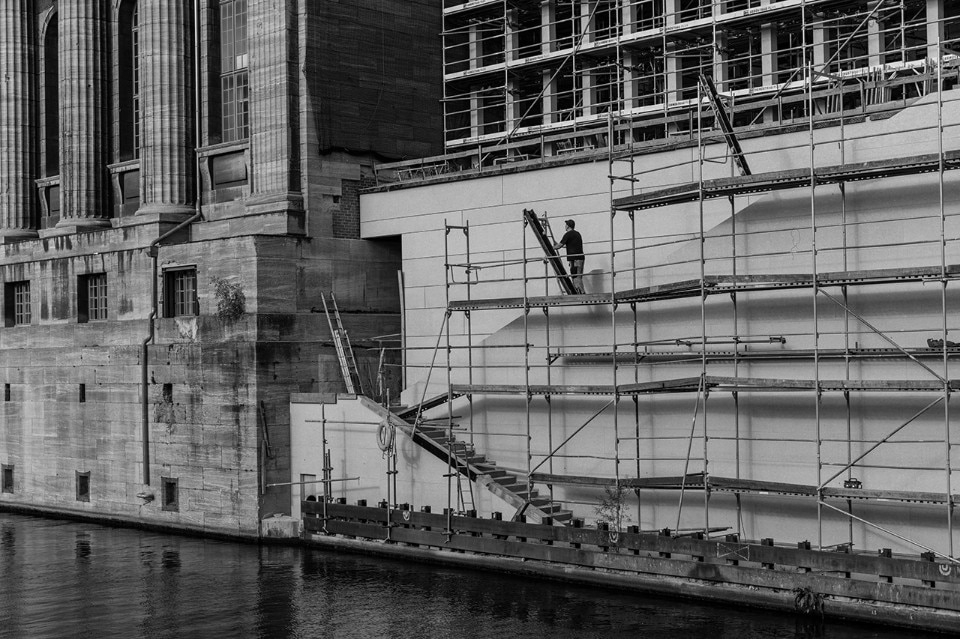
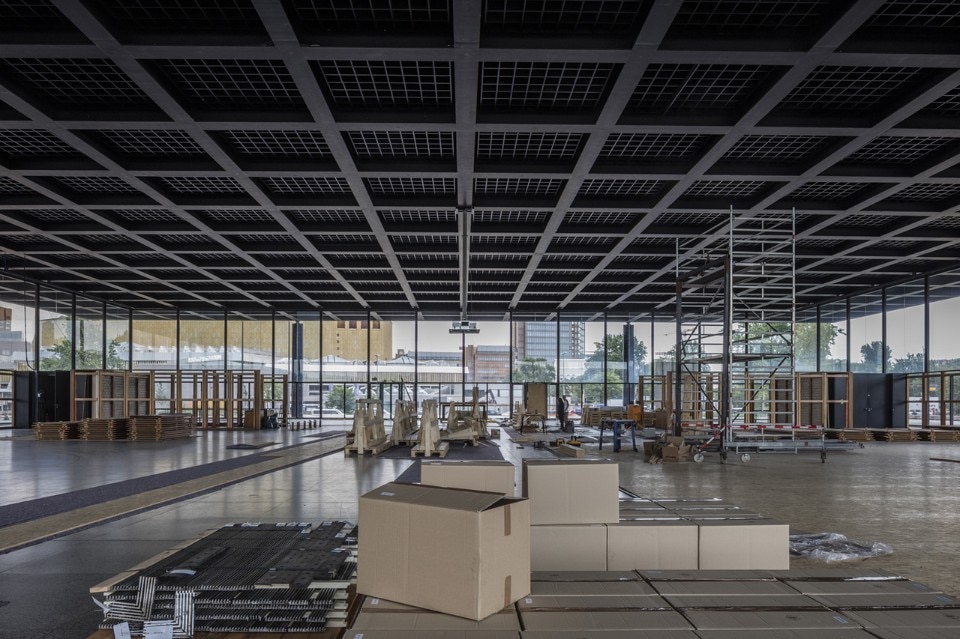
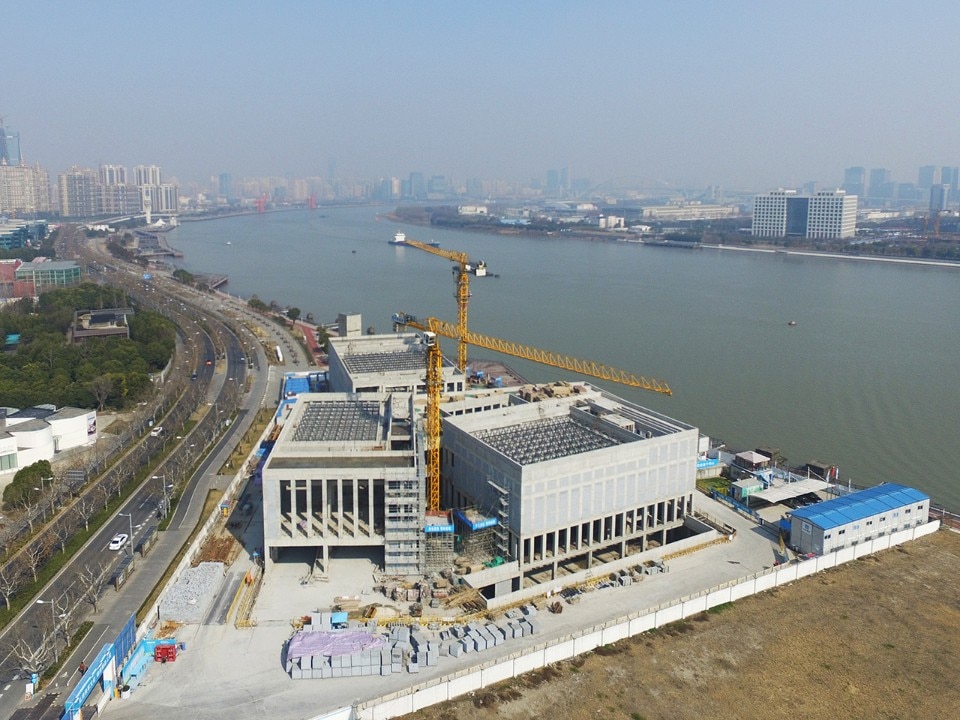
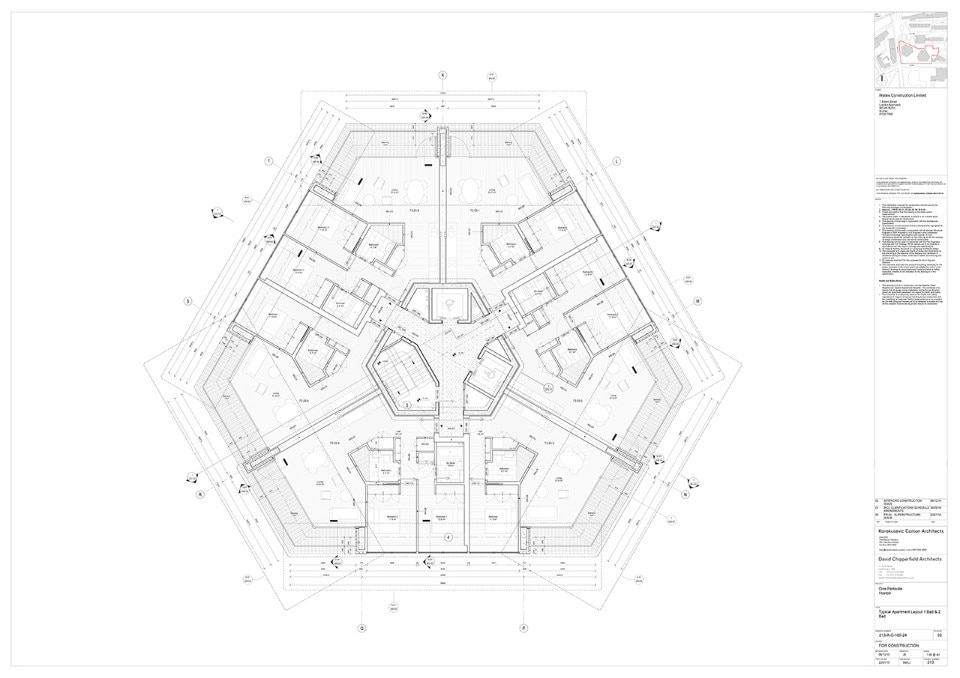
Z:\KCA_Projects\213_Colville Phase 3\BIM\00-WIP\Models\213-KCA-XX-XX-M3-A-MAIN_j - Sheet - 100-24 - Typical Apartment Layout 1
The relationship between form and society is an important focus of this initiative. How do you manage it in the design process?
The aim of the exhibition is to explain that there are moments of our production where we need to be very formal and experiential, while others are more societal. The concept for Valentino retail is a material experience, while the Galician project is only societal. It is about how a physical environment should be. Architecture occupies a territory at the crossroads of society, form and experience.
Politicians are interested when you say the word sustainability, because it has societal power.
Tell us more about your project in Galicia – the Fundación Rede de Innovación Arousa.
My family and I have grown very fond of the region – we have had a house there for 25 years. That’s why I decided to finance a non-profit organisation working for and with the communities. This project is not about architecture as the subject but about a rearrangement of the territory. Some of the key points are traffic control in the urban centres; changing the laws concerning building on green land; and the redevelopment of empty houses. Action aimed at the administrative framework of the area is also included. It is necessary to reconsider the boundaries and relationships between mayors of neighbouring towns and bring up a discussion on sustainability, beyond the logic of political parties. We are currently on our way to develop a relationship with the local institutions. There is a need to control traffic, water quality, sewage, pollution, forestry and fires. These elements bond municipalities together. Water is not interested in administrative boundaries, so the administrative mechanisms must be reconsidered in order to be more effective in changing our environment. This is not about a single building or a nice square.
What’s your approach as an architect towards sustainability? Is it a difficult word to use today?
Yes, I think that we do not know how to talk about sustainability. The important thing is that even if it has vague meaning, it has a general understanding. Politicians are interested when you say the word sustainability, because it has societal power. If you consider the meanings represented by the word, you'll find many issues that are close to us as architects: density, urbanism, good mobility, the intelligent control of traffic. As for social sustainability, I think it is opportune to have social housing in the centre of the city. If all the functions are spatially separated – the city centre as a museum, the office district, the residential area – the city becomes unsustainable. Social sustainability is about proximities, about the design of a rich, complex social and spatial structure.
If the architect wants to regain the role of his craft in society, its societal power, he must engage with society.
How would you define the role of your practice in society?
The Biennale I directed in 2012, "Common Ground”, was an attempt to convey the idea that architects must establish a better relationship with society to become more useful. I wanted to demonstrate the power of architecture instead of the power of architects. We cannot only be designers of monuments, we also have to be designers of society, to engage with it and help it. The next generation has to change this relationship. It must become more flexible. The work we are doing in Galicia is not about architecture, but it can only be done by architects; it is about mediation and negotiation. Indeed, if the architect wants to regain the role of his craft in society, its societal power, he must engage with society.
- Exhibition title:
- David Chipperfield Architects Works 2018
- Opening dates:
- 12 May – 2 September 2018
- Venue:
- Basilica Palladiana
- Address:
- piazza dei Signori, Vicenza


